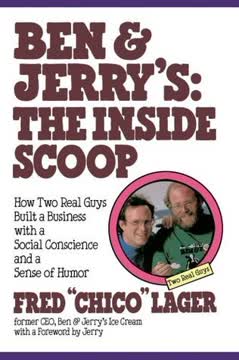Key Takeaways
1. Humble Beginnings & Unconventional Entrepreneurship
In 1978, with a total investment of $12,000, Ben Cohen and Jerry Greenfield opened a homemade ice cream parlor in an abandoned gas station in Burlington, Vermont.
Starting small. Ben and Jerry, two childhood friends with no prior business experience, initially considered a bagel delivery service but found the equipment too expensive. They settled on ice cream, researching by visiting other shops and taking a $5 Penn State correspondence course. Their initial investment was minimal, reflecting their grassroots approach.
Finding their niche. After a competitor opened in their first choice, Saratoga Springs, they moved to Burlington, Vermont, a cold college town with no homemade ice cream competition. They secured a one-year lease on a dilapidated gas station, which they renovated themselves, often sleeping on-site to save money. This hands-on, resourceful spirit defined their early operations.
Early struggles. The first few months were a whirlwind of learning on the job, from making ice cream to managing cash flow. They ran out of ice cream frequently due to limited hardening capacity and struggled to make a profit, even closing one day to "figure out if we're making any money." Their initial success was driven by sheer effort and a unique product.
2. Product Quality as a Core Differentiator
To compensate for Ben’s inability to distinguish subtle flavor variations, they decided to put lots of chunks or add-ins in the ice cream.
Uncompromising quality. From the outset, Ben and Jerry were committed to making the finest quality, all-natural ice cream. They used high butterfat content (above the 10% legal minimum) and a low overrun (less air whipped in) to create a dense, rich, creamy, and chewy product. This focus on superior ingredients and texture set them apart.
The "chunk" philosophy. Ben's impaired sense of taste and smell led to a crucial product innovation: an abundance of large "chunks" or add-ins. If Ben couldn't discern subtle flavors, he could certainly feel the texture. This meant:
- Using one and a half to two times the manufacturer's suggested flavorings.
- Experimenting with various mix-ins like Oreos (smashed with a hammer), nuts, and fruits.
- Constantly pushing for larger chunks, even if it caused production issues.
Flavor experimentation. Jerry, with his biochemistry background, meticulously developed the ice cream mix, while Ben drove the creative flavor development. They were open to customer suggestions and even incorporated homegrown ingredients, leading to unique and sometimes unusual combinations that became their hallmark.
3. Guerrilla Marketing & Authentic Storytelling
Ben & Jerry’s image and marketing approach was exactly the opposite of everyone else’s. If Häagen-Dazs and the clones were worldly and elegant, we were funky and unpretentious.
Authenticity as a brand. Lacking a large marketing budget, Ben and Jerry cultivated an image that was "funky," "homemade," and "genuine," contrasting sharply with the slick, sophisticated brands like Häagen-Dazs. Their marketing was an extension of their personalities and the gas station's ambiance.
Memorable promotions. They relied on creative, low-cost events and personal touches to generate buzz:
- Free Cone Day: An annual tradition celebrating their survival and giving back to the community.
- Fall Down Festival: Featuring local talent, quirky contests (frog jumping), and "Habeeni Ben Coheeni" (Jerry smashing a cinder block on Ben's stomach).
- Player piano & Don Rose: Creating a lively, engaging atmosphere in the shop.
- "Lick It" bumper stickers: Generating local controversy and media attention.
"Two Real Guys" campaign. When they started packaging pints, they put their photos on the lid, reinforcing their personal connection to the product. Later, the "Two Real Guys" radio jingle directly challenged competitors, highlighting their authenticity against "fake" foreign-sounding brands. This direct, unpretentious approach resonated deeply with consumers.
4. The Power of a Social Mission (Linked Prosperity)
Business has a responsibility to give back to the community from which it draws its support.
Beyond profit. Ben and Jerry believed a business should serve more than just its shareholders. This philosophy, dubbed "linked prosperity," meant that as the company grew, benefits would extend to employees and the community. This commitment was formalized in their mission statement, encompassing product, social, and economic goals.
Institutionalizing giving. They established the Ben & Jerry's Foundation, endowing it with Ben's stock and committing 7.5% of pretax profits to fund social change initiatives. This was a radical move for a public company, initially resisted by underwriters, but it became a core part of their identity.
Innovative social projects. Their social mission manifested in various ways:
- Partnershops: Franchised scoop shops run by non-profits to provide job training and support for marginalized communities (e.g., Greyston Bakery, The Learning Web).
- Environmental initiatives: Company-wide recycling, sustainable sourcing (Rainforest Crunch), and innovative waste management (pig slop, bucket recycling).
- Fair pricing for farmers: Paying a premium to Vermont dairy farmers to ensure their sustainability.
5. Navigating Competition with Boldness
What’s the Doughboy Afraid Of?
Challenging the giants. When Häagen-Dazs (owned by Pillsbury) attempted to restrict distributors from carrying Ben & Jerry's, the company launched a bold, public counter-campaign. Instead of a quiet legal battle, they framed it as a fight between "two hippies" and a "Fortune 500 conglomerate."
The "Doughboy" campaign. This guerrilla marketing effort was highly effective:
- Slogan: "What's the Doughboy Afraid Of?" targeting Pillsbury's iconic mascot.
- Pickets: Jerry picketing Pillsbury headquarters in Minneapolis with hand-lettered signs.
- Pint stickers: Adding the slogan and an 800-number to pints, encouraging consumer action.
- Media blitz: Generating free publicity in major newspapers and on wire services.
- "Doughboy kits": Providing pre-written letters of protest to the FTC and Pillsbury's chairman.
Legal and PR victory. The campaign, combined with strong legal counsel from Ropes & Gray, forced Pillsbury to settle. The settlement prevented Häagen-Dazs from coercing distributors, securing Ben & Jerry's market access. This episode not only protected their business but also generated immense brand awareness and goodwill, proving that authenticity could triumph over corporate might.
6. Growth Challenges & Organizational Strain
The Waterbury plant had been held out to our employees as our collective salvation, the payoff for years of making more ice cream than anyone could have expected, given the Neanderthal equipment and our shoebox plant. Moving into a partially completed structure that already lacked a “new car smell” was a bitter disappointment.
Rapid scaling issues. The company's explosive growth, doubling in size for five consecutive years, put immense strain on its operations and people. The move to the new Waterbury plant, intended as a solution, became a source of new problems.
Operational "freezer doors." The new factory was plagued with issues:
- Construction delays and cost overruns: Leading to a partially completed, inefficient facility.
- Equipment malfunctions: New machinery often didn't work as expected, causing frequent shutdowns.
- Infrastructure problems: Leaky roofs, cracked floors, and even an HVAC system that sucked in ammonia fumes.
- Capacity shortfalls: Despite expansion, they constantly struggled to meet demand, leading to "marathons" (41-hour production shifts) and employee burnout.
Impact on employees. The relentless pace and operational chaos took a toll on staff morale. While employees were dedicated, the gap between the company's "fun" image and the grueling reality of work grew. This led to internal discussions about "freezer doors"—unresolved problems that everyone had learned to live with.
7. The Paradox of Founder Involvement
"Ben is Ben," was the saying most managers used to explain the phenomena, which essentially meant that you should just expect him to change his mind or come up with some seemingly whacked-out idea, and not be surprised when he did.
Visionary vs. manager. Ben, the creative force behind the product and marketing, was a "taskmaster and a perfectionist" with "absurdly optimistic expectations." While his "whacked-out ideas" often led to groundbreaking success, his management style created constant turmoil and frustration for the team.
The "Ben is Ben" phenomenon. Managers learned to expect Ben's last-minute changes and strong opinions, even on decisions he initially disengaged from. This led to:
- Second-guessing: Staff hesitated to proceed without Ben's input, causing delays.
- Demoralization: His focus on flaws and lack of praise could be disheartening.
- Contradictory directives: Advocating "slow growth" while simultaneously proposing massive expansion projects (e.g., 7-Eleven deal, novelty lines).
Struggles with delegation. Ben's attempts to "retire" from day-to-day management were repeatedly short-lived. He found it difficult to relinquish control, especially when he felt the company's evolving values were not being upheld by others. This created a constant tension between his vision and the operational realities faced by the management team.
8. Learning from Failure & Adapting
In retrospect, we could have settled the case out of court for less than we wound up paying Sam in legal fees. Given that it was a no-up-side lawsuit, that’s what we should have done.
Costly lessons. The company learned valuable lessons from its missteps. The Country Business Services lawsuit, for instance, resulted in a $75,000 settlement plus legal fees, a significant sum for a small company. This experience highlighted the importance of strategic legal counsel and avoiding unnecessary litigation.
Product failures and pivots. Not every product or initiative was a success:
- Real Ice Cream distribution: An early attempt to outsource distribution failed due to lack of commitment from the partner.
- Peace Pops launch: A disaster due to missed timing, product issues (too big, flaking chocolate), and internal misalignment.
- Greyston Bakery challenges: Initial difficulties in matching product specs and financial struggles required significant intervention and adaptation.
- Light ice cream: Failed in supermarkets due to quality issues (icy, grainy texture) and a limited market for "superpremium ice milk."
Agile response. Despite setbacks, the company demonstrated an ability to adapt. They quickly pivoted from Light ice cream to frozen yogurt pints, which became a top-selling product. This willingness to learn from mistakes and adjust strategies was crucial for long-term survival and growth.
9. Building a Unique Brand Identity
It was no accident that our image was so distinct from Häagen-Dazs and the clones, which all had their roots in the packaged ice cream industry. What was remarkable, however, was that, with little thought of the consequences, Ben and Jerry had perfectly positioned the company with a unique identity in the suddenly overcrowded superpremium market.
Differentiating in a crowded market. In the burgeoning superpremium ice cream market, Ben & Jerry's carved out a distinct identity by being the antithesis of its "worldly and elegant" competitors. Their "funky," "down-home," and "genuine" image resonated with consumers seeking authenticity.
Iconic flavors and branding. Unique flavors like Cherry Garcia (the first named after a musical legend) and Chunky Monkey became instant hits, further distinguishing them. The use of Woody Jackson's black-and-white Holstein cow imagery on trucks and in shops reinforced their Vermont roots and playful brand.
Experiential marketing. Beyond product, they created immersive brand experiences:
- Factory tours: Becoming Vermont's largest tourist attraction, offering visitors an hour-long immersion into the company's history, products, and philosophy.
- "One World, One Heart Festival": Large-scale, free community celebrations combining music, social activism, and ice cream.
- Traveling Light bus: A solar-powered mobile stage for cross-country tours, giving away ice cream and promoting local causes.
These efforts fostered deep customer connections and generated invaluable word-of-mouth publicity, multiplying their impact far beyond what traditional advertising could achieve.
10. Employee-Centric Culture & Values-Driven Management
Our employees have to adhere to the company’s policies, but their beliefs are their beliefs. The only way to instill the values of the company is by example, from the top down.
Fostering engagement. Ben & Jerry's aimed to create a workplace where employees felt valued and connected to the company's mission. This involved:
- Open communication: Monthly all-staff meetings, small group problem-solving, and "The Daily Plant" newsletter.
- Recognition: Annual hat ceremonies and "Fred of the Month" awards for cost-saving ideas.
- Profit-sharing: 5% of pretax profits distributed as cash bonuses, incentivizing an "owner's perspective."
The 5:1 salary ratio. A controversial policy, it aimed to limit the highest salary to no more than five times the lowest entry-level wage. While challenging for recruiting senior talent, it symbolized their commitment to egalitarianism and shared prosperity, though its implementation and interpretation caused internal debate.
Values integration vs. imposition. While the company had a clear social mission, there was a strong belief that values should be instilled by example, not through "loyalty oaths" or screening employees based on political beliefs. This commitment to diversity of opinion, even amidst internal conflicts, was a hallmark of their unique culture.
Last updated:
Review Summary
Ben & Jerry's is praised for its insightful look into the company's early days, social responsibility, and unconventional business practices. Readers appreciate the honest portrayal of challenges faced during growth and the tension between idealism and business realities. The book offers valuable lessons for entrepreneurs and showcases the company's commitment to values. Some reviewers found parts of the book dragging or overly detailed, but overall, it's considered an inspiring and refreshing business story that makes readers crave ice cream.
Similar Books
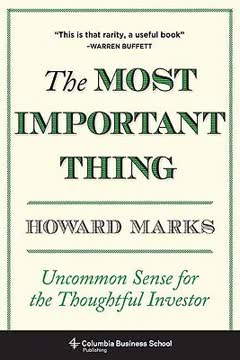
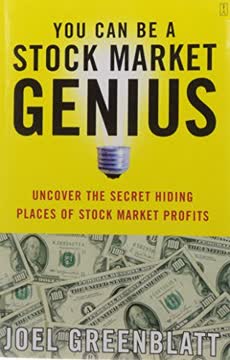
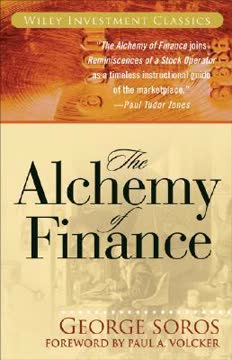
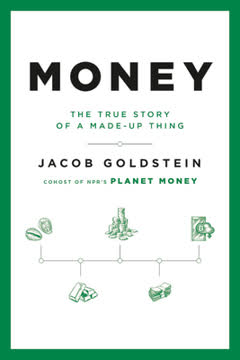
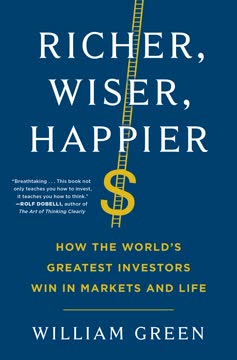
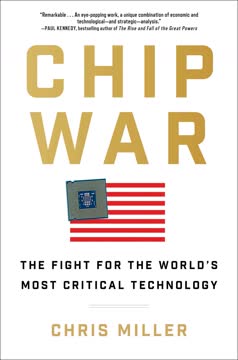
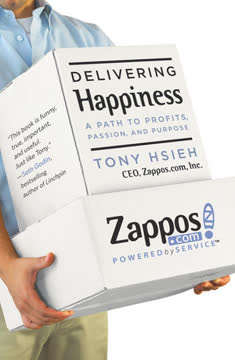
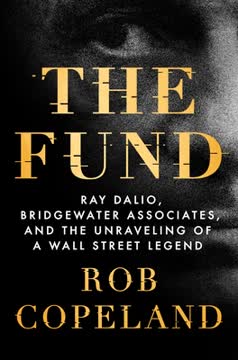
Download PDF
Download EPUB
.epub digital book format is ideal for reading ebooks on phones, tablets, and e-readers.
